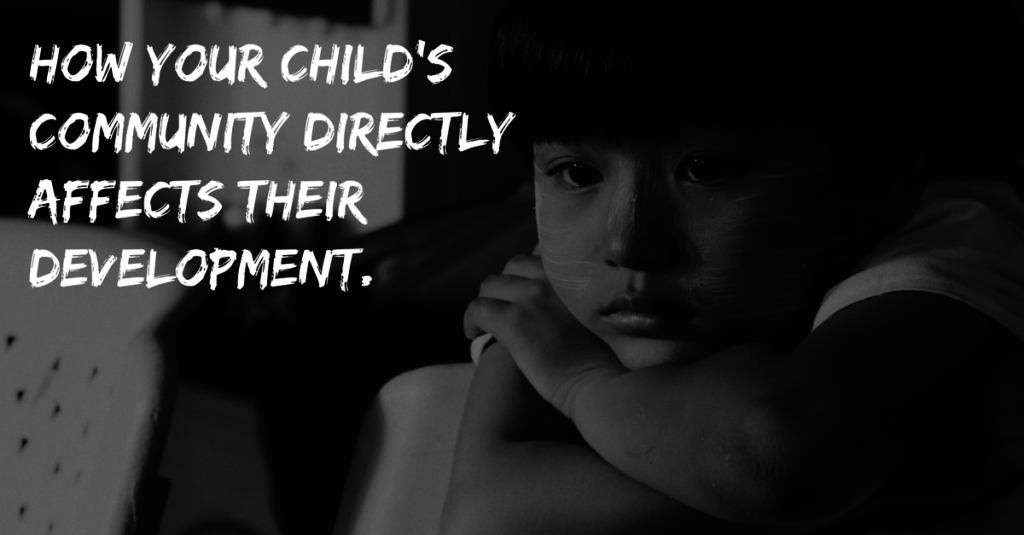
If you want to go fast, go alone. If you want to go far, go together.
~ African Proverb
“I define connection as the energy that exists between people when they feel seen, heard, and valued; when they can give and receive without judgment; and when they derive sustenance and strength from the relationship.”
~ Brené Brown
“A community is the mental and spiritual condition of knowing that the place is shared, and that the people who share the place define and limit the possibilities of each other’s lives. It is the knowledge that people have of each other, their concern for each other, their trust in each other, the freedom with which they come and go among themselves.”
― Wendell Berry
Community is defined as “The condition of sharing or having certain attitudes and interests in common”.
Developing a Black Belt Community is vital, it is the foundation of the Warrior Method and the first and most important step. When we talk about Community we are referring to the people your child is surrounded by, their family, friends, relations and neighbours, their school friends and now, more relevant than ever before; their online community.
Community and Social, Physical, Cognitive and Emotional Development
The community a young person surrounds themselves with effects their social, cognitive, emotional and physical development.
Social Development
A child’s friends/their peers have an obvious effect on their social development. It’s through their peer groups that they learn how to interact with others their own age and how they learn to relate to each other. From physical interaction with their peers they learn to develop social and communication skills, learn to build rapport. The important interactions within peer groups provide young people with a sense of self by encouraging them to think about themselves in relation to others in their group. From socialising with peers, young people also learn about appropriate and unacceptable behaviour.
Physical Development
A modern problem and indeed a major crises society now has is the danger of a sedentary lifestyle. A young persons peer group makes huge impact on promoting health and fitness as part of a normal life. Socialising through physical activity from playing games as a young child to enjoying physical fitness or sporting activities leading up to adolescence.
Cognitive Development
Your child’s experiences with their peers will impact their cognitive development in a number of ways. They will learn to work in groups and understand the importance of teamwork. It is within their peer group that inspiration is found, new ideas and interests are shared and creativity is nurtured and problem solving skills are developed.
Emotional Development
Experiencing different emotions is vital to the development of a young person and it’s within their peer groups that they develop their self esteem and coping skills. Arguments and disagreements are all part and parcel of understanding and developing conflict resolution skills and learning how to control strong negative emotions or feelings of frustration are learnt from interaction with peers.
I believe that it’s important we analyse the community surrounding each child in order to ensure they are positive and to eliminate negative communities that will do harm. A strong community is the springboard from which we rise or lower our aspirations and mindset and is the basis from which we develop and learn about relationships. Community provides a sense of belonging, a sense of who we are and gives us connection to others. Community gives us a feeling of being safe, loved and valued and without a strong community we can feel isolated, unworthy and alone.
In the next blog, we will look into HOW we can identify a positive or negative community for our children

